 6
6
The history of what is the town of Stara Zagora today began with Neolithic settlements. Back in those days there used to be a major crossroad there, from the Danube River to the Aegean Sea and from the city of Plovdiv to the Black Sea. In the 46th year AD, above the Thracian settlement of Beroe, the Romans established a magnificent town on the spot, naming it after Emperor Trajan – Ulpia Augusta Trajana, defining it as a “superb and sublime place”. In the 14th c. the Ottomans conquered the town and called it “an old fortress” due to the monuments they found there. It was re-named with the Bulgarian Zheleznik even before the Liberation from Ottoman rule in 1878, thus underlining the ancient iron extraction activities on the spot.
Thanks to its strategic location and natural resources, Stara Zagora is a place with rich history. Zhivko Simitev from the Regional Museum of History gives us more details for the most visited place in the town:
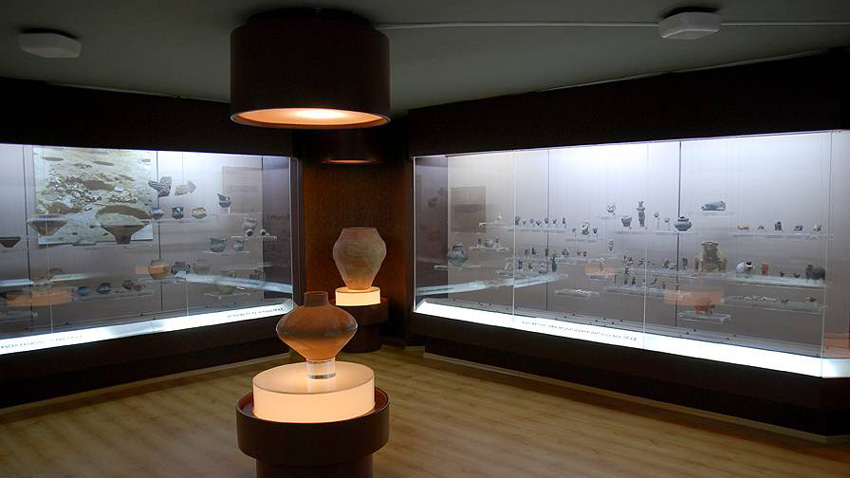
“This year our attention is focused on the renovation of one of the oldest sites in the town – the Neolithic Settlements Museum, in order to make it more attractive and accessible. The Neolithic settlements here are the oldest in Europe, aged some 8,000 years. Those have been fully researched. One can see where the ancient 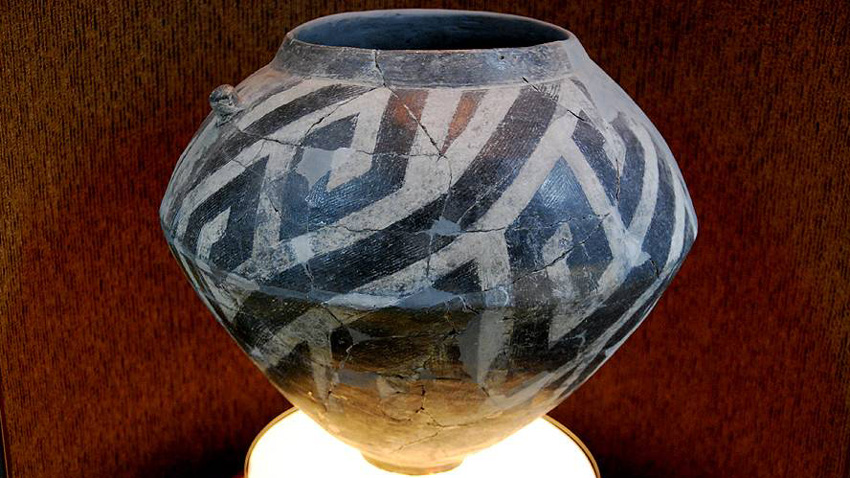 people used to live, sleep, eat, their mills etc. Their ovens and spots for grinding grain are visible, along with many seeds found on the site, mainly wheat. Seeds of grapes have also been found, but we can only guess whether they produced wine. The interesting thing is that the building where they lived was a two-storey one - a fact proven by the latest archaeological research. This makes the Stara Zagora flats the oldest in Europe, found so far. The materials used were wooden beams and straw, stuck tightly together with mud and clay. The ground has been specially fortified, in order to be able to bear the burden of the second floor. All tourists get impressed by the outlook of the house, which is 8,000 years old.”
people used to live, sleep, eat, their mills etc. Their ovens and spots for grinding grain are visible, along with many seeds found on the site, mainly wheat. Seeds of grapes have also been found, but we can only guess whether they produced wine. The interesting thing is that the building where they lived was a two-storey one - a fact proven by the latest archaeological research. This makes the Stara Zagora flats the oldest in Europe, found so far. The materials used were wooden beams and straw, stuck tightly together with mud and clay. The ground has been specially fortified, in order to be able to bear the burden of the second floor. All tourists get impressed by the outlook of the house, which is 8,000 years old.”
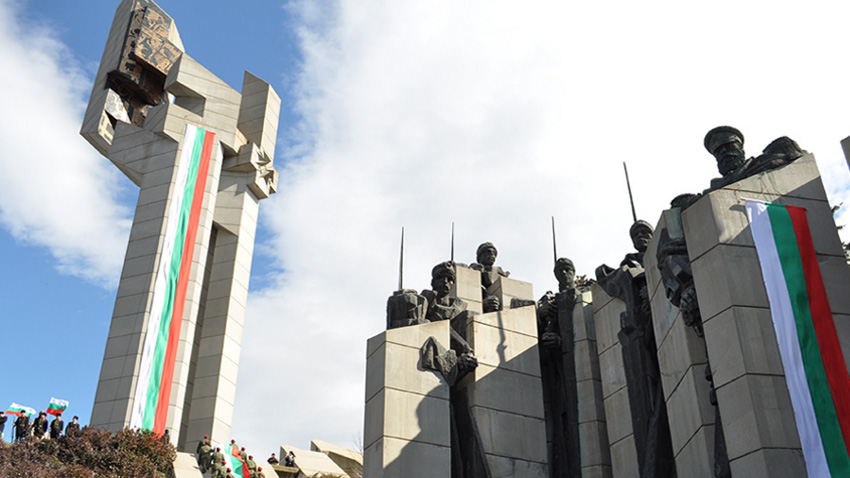
The 1877 Defenders of Stara Zagora Memorial Complex, devoted to the 31 July 1877 battle during the Russo-Turkish War is another historical landmark, Simitev says and adds:
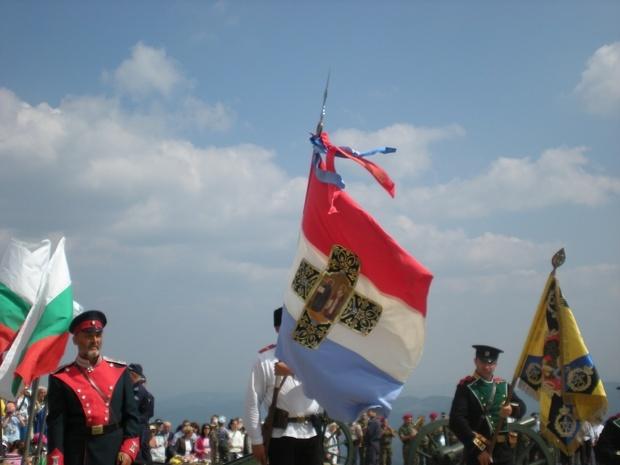 “A replica of the Samara Flag can be seen there. The flag was a donation to the Bulgarian volunteer troops (Opulchenie) by the town of Samara. The real flag was used in the battle and its most epic moment was related to defending the flag itself. A great number of Bulgarians died then. Still, the flag was not captured. It is that battle and that flag that gave birth to the statement that no Bulgarian flag has ever been captured by the enemy in a battle. The statement has not been refuted to this day. The people of Stara Zagora showed the world that they deserved their freedom…”
“A replica of the Samara Flag can be seen there. The flag was a donation to the Bulgarian volunteer troops (Opulchenie) by the town of Samara. The real flag was used in the battle and its most epic moment was related to defending the flag itself. A great number of Bulgarians died then. Still, the flag was not captured. It is that battle and that flag that gave birth to the statement that no Bulgarian flag has ever been captured by the enemy in a battle. The statement has not been refuted to this day. The people of Stara Zagora showed the world that they deserved their freedom…”
A 1409 building is preserved in the town and it has been recently turned into a Museum of Religions. Research and restoration have taken quite some time, but now it is open for visitors. Before being turned into a museum it used to be a mosque, Zhivko Simitev says and adds:
“The interesting thing here is that we discovered a medieval church from the 10 – 13th c. amidst the prayer hall of the mosque. And when we found a sanctuary from the Antiquity period underneath, we decided to turn the whole place into a Museum of Religions. The spot is sacred for the town ever since its establishment – from Antiquity to the Ottoman period. The building is emblematic for the town of Stara Zagora and that is why contemporary exhibitions are often organized there. We want to keep the interest towards the place. The guests from West Europe are impressed the most. They find the murals of the building to be exotic. The church inside has been restored in its height and that impresses tourist very much as well. Few spots around the globe interweave different religions in such a manner,” Zhivko Simitev says in conclusion.
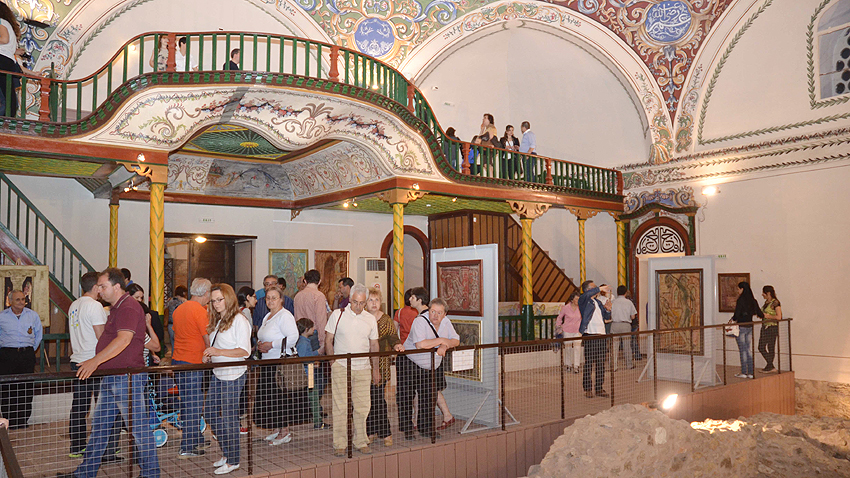
English version: Zhivko Stanchev
Photos: archiveA country at the centre of ancient civilisations, whose historic sites sit amongst world-ranked Black Sea coastlines and snow-capped World Cup ski resorts, Bulgaria packs a lot of tourism attractions into its compact 111,000 square kilometres. And it's..
The Yantra River rises in the Balkan Mountains at 1,220 metres above sea level and descends northwards, meandering through picturesque valleys and gorges in central northern Bulgaria, crossing the towns of Gabrovo and Veliko Tarnovo. Shortly before it..
The village of Momchilovtsi, the Rhodopes, Pamporovo and the Smolyan region were present with a pavilion at a tourism exhibition this autumn in Ningbo, China. Speaking to BTA, Momchil Karaivanov, a representative of the Bulgarian-Chinese Society..
Where will the new year take us? The New York Times helps us start our travels with suggestions from its annual list of the 52 best places to visit in..

+359 2 9336 661
